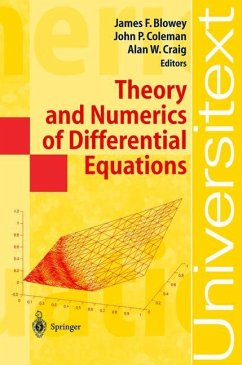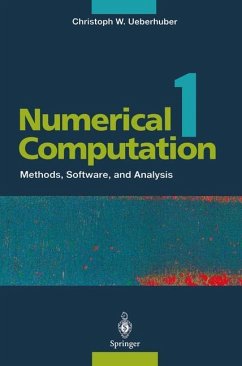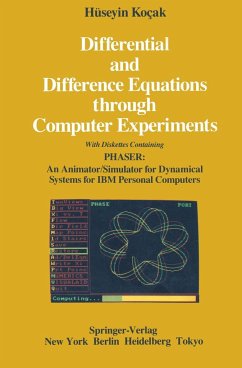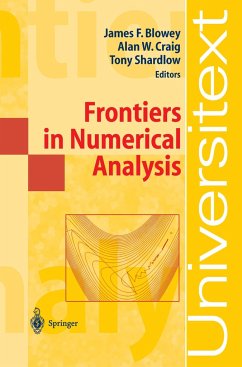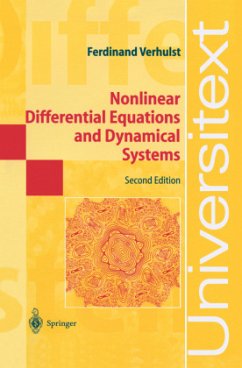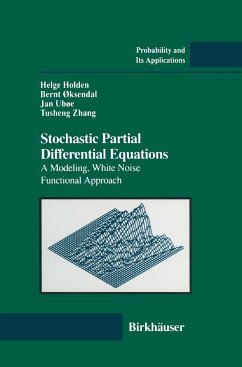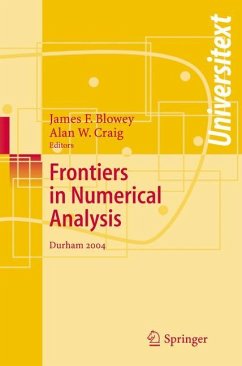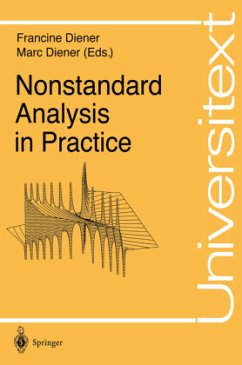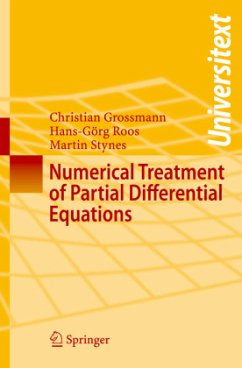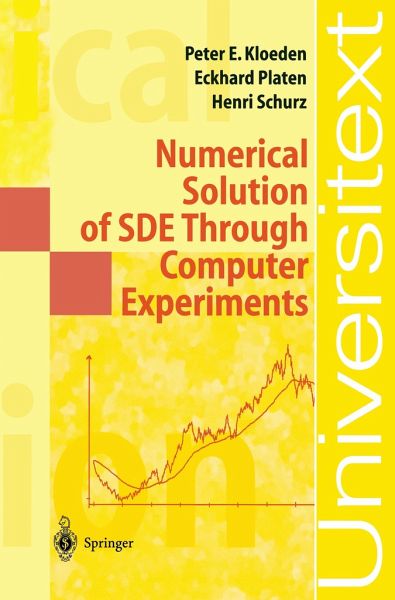
Numerical Solution of SDE Through Computer Experiments

PAYBACK Punkte
25 °P sammeln!
The numerical solution of stochastic differential equations is becoming an in dispensible worktool in a multitude of disciplines, bridging a long-standing gap between the well advanced theory of stochastic differential equations and its application to specific examples. This has been made possible by the much greater accessibility to high-powered computers at low-cost combined with the availability of new, effective higher order numerical schemes for stochastic dif ferential equations. Many hitherto intractable problems can now be tackled successfully and more realistic modelling with stochast...
The numerical solution of stochastic differential equations is becoming an in dispensible worktool in a multitude of disciplines, bridging a long-standing gap between the well advanced theory of stochastic differential equations and its application to specific examples. This has been made possible by the much greater accessibility to high-powered computers at low-cost combined with the availability of new, effective higher order numerical schemes for stochastic dif ferential equations. Many hitherto intractable problems can now be tackled successfully and more realistic modelling with stochastic differential equations undertaken. The aim of this book is to provide a computationally oriented introduction to the numerical solution of stochastic differential equations, using computer experiments to develop in the readers an ability to undertake numerical studies of stochastic differential equations that arise in their own disciplines and an understanding, intuitive at least, of the necessary theoretical background. It is related to, but can also be used independently of the monograph P. E. Kloeden and E. Platen, Numerical Solution of Stochastic Differential Equations, Applications of Mathematics Series Vol. 23, Springer-Verlag, Hei delberg, 1992, which is more theoretical, presenting a systematic treatment of time-discretized numerical schemes for stochastic differential equations along with background material on probability and stochastic calculus. To facilitate the parallel use of both books, the presentation of material in this book follows that in the monograph closely.





